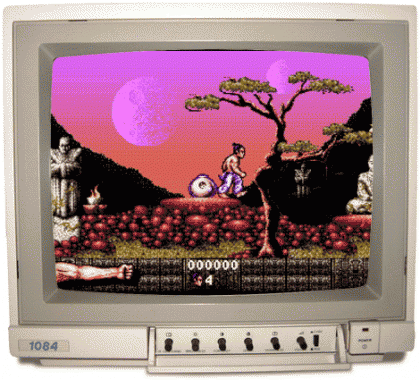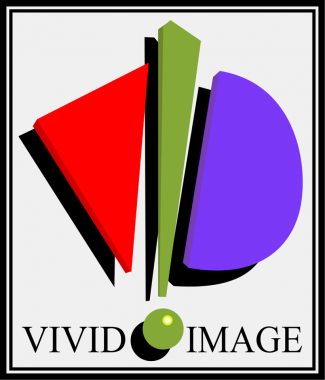
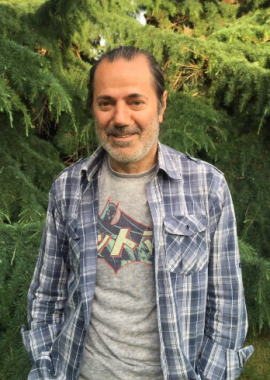 Mevlut Dinc Interview by Peter Ward
Mevlut Dinc Interview by Peter Ward
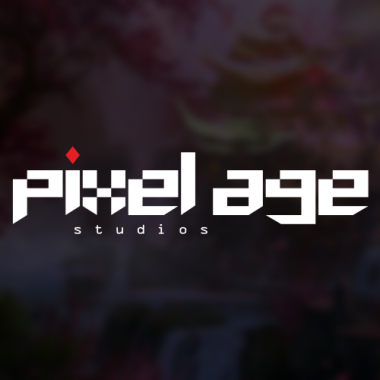
http://www.pixelagestudios.com/
Thank you for this interview it is an honour for me to interview such a Legend….
MD- You are very kind! Thank you for keeping our memories, and work alive, it’s much appreciated!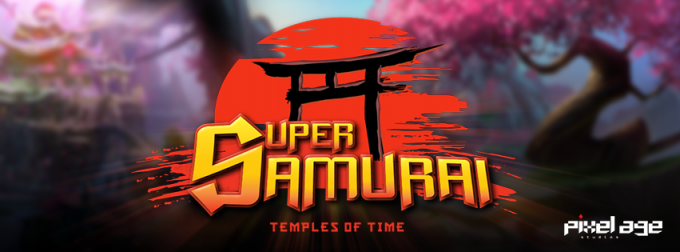
What did you want to do when you were at school for a career and what was your first job?
MD- What a difficult question to start the interview with! J The full answer to this question would be too long for the interview but I will try and be brief.
My involvement with games was a complete chance as was my coming to and living in England!
To be honest I can’t remember if I ever tried to plan or think about anything for a career throughout my education including university! I was born in a remote village in Ordu (the Black Sea region in Turkey) and was lucky enough to go to university in the first place. And, I was lucky to graduate as Turkey was at the time going through troubled times with student unrests and political uncertainty!
I ended up marrying an English girl in Turkey and a couple of years later found myself in England!
My first proper job was at the Standard Telephones and Cables (STC) in Southampton where I started in 1980 and worked on the for 5 years, I was destined to be a working class hero! It was while working there that I ended buying a ZX Spectrum in 1983 from a work colleague’s insistent, which truly changed my life! I self-taught programming to make games and I didn’t have any interest in or desire to play games at all! Incidentally, I studied economics at university with no background or knowledge about computers or programming whatsoever.
BTW, I have been writing my bio/softography which I hope to finish in the next few months!
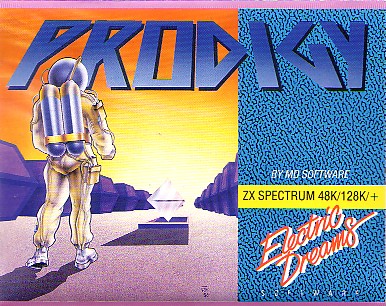
The ZX Spectrum was your first computer is that your favourite computer?
MD- Well, the Speccy has a special place in my heart, after all I learnt everything about games and programming on it. It was so limited that you had to do everything, there was no hardware support unlike the C64’s hardware sprites or wonderful Sid sound chip. But looking back I think this limitation allowed us to experiment in unlimited ways which I think made us better programmers! Some amazing programmers emerged and fantastic games were coded on the Speccy.
When and how did you to get into game industry?
MD – I learnt the Speccy inside out during the two years I spent to program on it. I’d read a small article in Popular Computing Weekly (fantastic magazine, I learnt so much from it!) which said that to be a good games programmer one must forget Basic and learn Machine Code! Without knowing the real difference between the two and the difficulty involved in learning Machine Code (Assembly) I thought that’s what I have to do and I did, I coded all my games in machine code!
I showed some demo work I’d done to people like Tony Rainbird (Telekomsoft) at a couple shows. I wrote a fully functional sprite editor and animator, even my wife could use it and in fact she created the first few graphics for Gerry the Germ using it! Tony was very impressed with it and asked me to let him know if I ever decide to do make a game!
I ended selling my first game idea to Telekomsoft, the Gerry the Germ was published in 1985! Great start with very professional company, their contract was so fair that it paved the way to make sure I kept all rights to my games! To this day I own all rights to games such as First Samurai and Street Racer including my early games.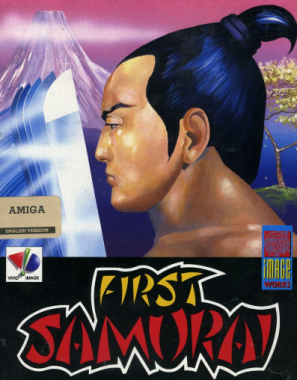
What was the first game you ever worked on was it assisting with Ant Attack in 1984 by Quicksilva?
MD- Yes, this was my first professional job I guess. I helped with the C64 version of this amazing game, it was one of the best early games to show what can be achieved on the Speccy! While working on this project I learnt that Sandy White had coded the game part in Basic and part in Hex, meaning he entered the Hex codes manually, didn’t use an editor/compiler or anything, the programmers would know how hard it is to do this, debugging and all that so hard!
Your first Solo game you programmed was Gerry the Germ in 1985 which was a Cult classic was it as fun to make as it was to play?
MD- Yes, this was my first professional game published by Firebird. Technically it received a lot of praise and also the idea was very unique too. But, it was probably one of the hardest games ever! I still don’t know why but the C64 Disk version became a Cult hit in the US! It wasn’t big money but it was wonderful to receive royalties every 3 months! This also taught me the importance of always making sure I had a royalty clause in my contracts, again thanks to Telekomsoft’s fair attitude!
You worked at Activision who made you feel welcome on your first day?
MD- I never actually worked for Activision, until setting up Vivid Image I always worked as a freelance developer as MD Software or Mev Dinc.
I was involved in doing a lot of games that Activision published including my own.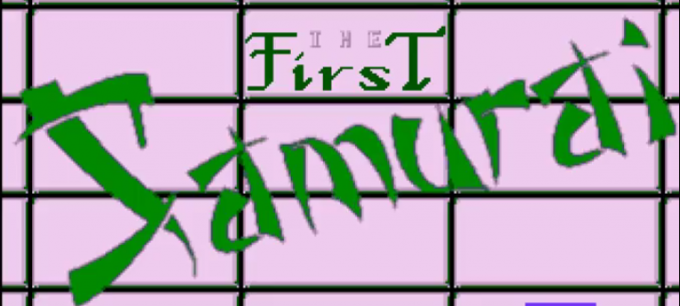
From 86-88 you worked for Activision and programmed Prodigy, Knightmare, Enduro Racer and Last Ninja 2 all famous games which was your favourite of these to make and least favourite and why?
MD- Only Prodigy was my own and it was the first ever 3D isometric scrolling game both on the Speccy and C64. Again it was technically so well received but very difficult to play! I learnt so much from both Gerry the Germ and Prodigy to better balance the gameplay.
Knightmare was based on the revolutionary TV series and I mostly did the coding with very little involvement in the design. My good mate and the Producer for Activision Jon Dean had done the main design.
From this list both Enduro Racer and Last Ninja 2 stand out as two of the best games to come out on the Speccy and Amstrad CPC.
I understand you programmed Enduro Racer on the Amstrad in 3 weeks why such a tight schedule how challenging was this to achieve?
MD- As you yourself stated I did quite a bit work with/for Activision. They were always impressed with my professionalism and programming talent and wherever possible asked me to helped them out.
For some reason the original programmers didn’t want to do the Amstrad version of Enduro Racer, which was one of the best coinop conversions ever, they did such an amazing job on the Speccy. So, Activision asked me to do the Amstrad version which I wasn’t really interested in as I was only keen to develop my own original titles.
Enduro Racer was such big license and Activision was desperate to get the Amstrad version for Xmas! I was really scared to undertake such a big and difficult game and refused but they were so insistent that I agreed to meet up with the Speccy developers. I still vividly remember how I got even more scared to do it after hearing how they had done certain things on the Speccy, what they’d done was quite clever involving a lot of math knowledge! I was hoping they wouldn’t ask me how I could do certain things, I was just nodding my head pretending to understand what they were telling me! Anyway, they left me all the source code and graphics to have a look in more detail!
To cut a very long story short, I thought this is such a great project, the money is good too and see if I can pull this off. I started tinkering with a few ideas and eventually I decided to keep almost all of the Speccy code intact and literally run it on the Amstrad, a kind of early spectrum emulation on the Amstrad! Both machines had the same processor, Amstrad was a bit faster and had more memory too. BTW, I was using my Amstrad as a development system and knew the machine very well.
Basically, I managed to modify all their source files (had to change all the labels and things, this took me 1 week!) to make sure that the original game worked on my development environment on the Speccy. After that I managed to make the Speccy version work on the Amstrad itself just adding different colours and redoing just a few little things! The only really major and clever thing I did was to use my very fast buffer to screen copy routine! The original code was generating the screen in a buffer and I was just copying and converting the Spectrum screen to Amstrad in real time! I managed to do all this in about 3 weeks and of course Activision were most impressed and happy. It was a very big hit in Spain and France where the Amstrad CPC was very big!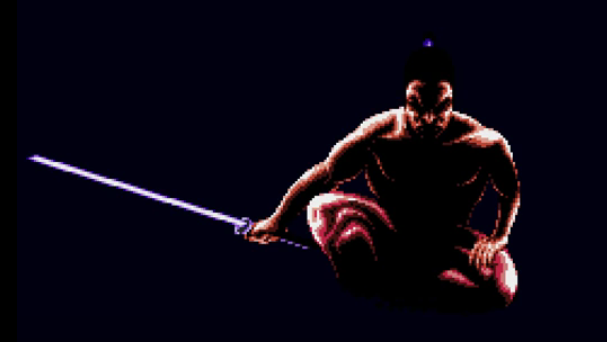
For the Knightmare game did you get to meet the cast and artist we recently interview David Rowe who done a lot of the sets for first 3 series and done the art for Ant Attack which you would know?
MD- Unfortunately I never had a chance to meet the cast or the producers but I was lucky to meet David Rowe, he in fact did the artwork for my Prodigy game which I think is one of his best work. I think he was one of the best illustrators and the work he did for the Knightmare TV series was amazing! He did produce a book of Knightmare artwork, I’d urge people to look it up and obtain a copy.
What is the funniest thing and most frustrating thing that happened to you at Activision?
MD- Nothing majorly frustrating that I remember really other than that we were always on a tight schedule worked under constant pressure especially with Enduro Racer and Aliens!
One of the funnies I remember is this. As I said we were always working to very tight schedules and under enormous pressure, so I was doing the Big Trouble game and at the same time, Edwin Rayner (my C64 programmer, he was an excellent coder BTW!) and I were helping out on the all-important Aliens game. The Aliens game was a vitally important title for Activision and had to be finished in time for Christmas, so we were in Electric Dreams offices working most of the time and just sleeping there on the floor. We were all very tired but also very determined to make the Christmas release. We had a project manager there from Activision who was trying very hard to co-ordinate everything, keep it all going, and encourage the developers to get things finished on time. As I said, Edwin was working on the all-important sprite routines for the Aliens game and at every project meeting, the manager would ask Edwin how long he still needed before the sprite routines would be ready, and Edwin would think a little and say something like: “I should think about an hour and a half.” This routine project meeting happened several times with the same question from the Manager and Edwin’s repeated and determined answer “I should think about an hour and a half”!
After several weeks, we were getting awfully close to Christmas and everyone was feeling the pressure, including the project manager. We held one last major meeting to assess everything. The manager went from one developer to the next checking the final situation.
When he go to to Edwin he gathered his thoughts, and very patiently and clearly he said:
“Edwin, I am going to ask you one last time, but whatever you do, please, I’m begging you, do not f*cking say ‘an hour and a half’!”
Edwin paused a bit longer than usual, thought very hard, and then in a very quiet voice, and trying to look serious but already starting to grin, said: “An hour and three quarters.” I don’t remember laughing so much, we were falling off our chairs!! I think the project manager just walked out of the meeting room! J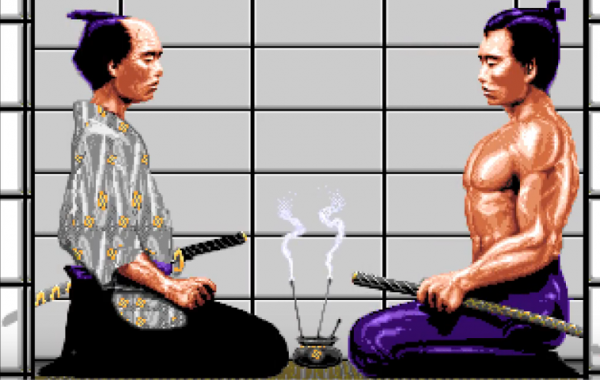
You set up your own company Vivid image what made you decide to go it alone?
MD- To be honest, as I stated earlier on I always wanted do my own games and have my own studio.
I only accepted doing the Last Ninja 2 project on the grounds that afterwards I would go on doing my own games. Mark Cale of System 3 was very upset as he had hoped we’d stay and carry on working on Last Ninja games!
How and who did you get as your team at Vivid?
MD- I developed the ZX Spectrum and Amstrad versions of Last Ninja 2 while John Twiddy did the coding and Hugh Riley the graphics on C64. We used the original C64 graphics and converted them to the Speccy. My Spectrum artist Gary Thornton helped me with the graphics and creating the level maps.
John and Hugh knew of my intentions from day one. We worked together and stayed in the same house for over 8 months. We were like a team but also became very good friends. We had a lot of respect for each other and together we did a great job on Last Ninja 2, I think it is the best of the series! Towards the end of the project we decided to form Vivid Image together. Phil Harrison also joined us as a Designer, not a lot of people know that as Michael Cane would say! J We signed a big deal with Activision as our publisher but all our games would be published on a joint Activision/Vivid Image label!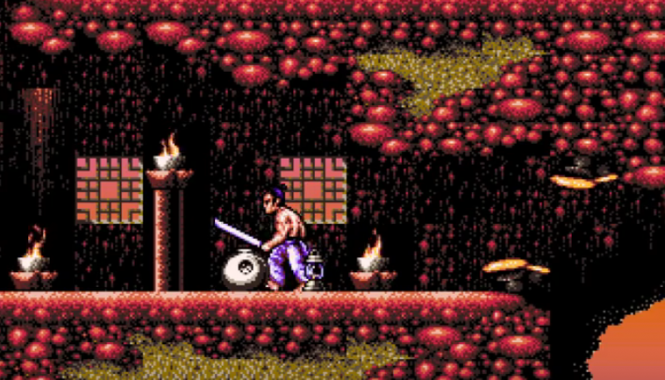
In 1991 Vivid programmed the C64 version of First Samurai critically acclaimed on C64 and Amiga please enlighten your involvement in both versions?
MD- The Amiga was the lead version and I think it remains to be one of the best and most respected games on the Amiga. Raffaele Cecco did a fantastic job on it. The Amiga version won the Game of the Year award in 1991.
Although the C64 version came much later again it was typical Vivid Image style, technically brilliant and I still admire the team how they managed to cram the Amiga version onto the C64! Jon Williams coded the C64 version and Mat Sneap did the graphics. The C64 version is regarded as one of the all time top 5 C64 games.
I understand you was approached to help with the Commodore 64 Games System which I actually owned. You created a development system helping put their games on cartridge please enlighten us with some of the details of this please?
MD- We did some good work on both the C64 and Amiga and as such had very close relationship with Commodore. They asked us to help with the C64 Games System intended to be their console! The idea was great but unfortunately, everybody just put their existing games on cartridge to earn extra cash! We created a software development system for it and sold quite a number to publishers. We probably helped with all the titles that came out. Just taking advantage of fast loading cartridge without really adding new content or creating games that would take advantage of the fast loading it was destined to fail and sadly it did!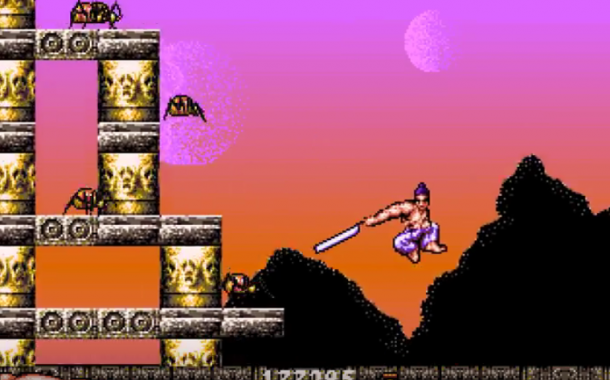
Second Samurai was to follow in 1993 and the Smash Hit Street Racer which was Number 2 for 10 weeks on the SNES chart you must have been very proud of this achievement?
MD- Psygnosis wanted First Samurai but we sold it to Mirorsoft to publish it! And you all know what happened to Mirrorsoft in 1991, after demise of the Maxwell group Mirrorsoft could not sell any copies of our games and we were very lucky to survive!
Psygnosis were determined to get Second Samurai the second time round and I was quite happy to give it to them as at the time they were going strong!. Not long after we signed with Psygnosis they were bought out by Sony, and unfortunately, Sony decided to stop supporting the Amiga and of course their rival Sega Megadrive! Great product but unlucky ending!
With Street Racer I wanted to tread a bit more carefully and really took my time to decide which publisher to work with. At the time Virgin Interactive was the best publisher to work with but I knew that Ubisoft were very keen to become a publisher instead of just distributing other publisher’s games.
I had coded the PC version of First Samurai and Ubisoft published it, which provided enough revenue to help survive the Mirrorsoft storm.
So, I already had a good relationship with Ubisoft and Yves Guilemotte, the President of the company. They really liked the idea of Street Racer and Yves gave me very good offer financially but more importantly very good marketing commitment. At the time they only had one more game they were working on to publish, no other than Rayman! So, along with Rayman Street Racer truly put Ubisoft on the publishers map.
I think Street Racer broke many grounds, it was regarded as Mario Kart clone but really it had nothing much in common with Mario Kart other than a racing game with combat! Technically our game was much superior, graphically very different and to me visually much more impressive. It was the World’s first ever simultaneous 4 player split screen racer. We did al without the aid of DPS chip which really pleased and helped Ubisoft as they could save around 3 dollars per cartridge!
Being at number 2 for 10 weeks behind Donkey Kong was quite amazing really! I must say though that Mario Kart is one of the all time greats and I take it as a huge compliment for Street Racer to be compared to it!
After Street Racer you did not make a game until SCARS 1998 did you have a break from the industry?
MD- Unfortunately not, looking back on it I wish I did have a break, it may have turned out better! Huge success of Street Racer SNES with Ubisoft’s request and support we ended doing almost all the versions under the Sun including Amiga, Game Gear and Gameboy! I wish we had developed a completely new version , like Street Racer 2!
SCARS was meant to be Street Racer 2 but I wasn’t entirely happy with the result. The game was absolutely superb technically and visually but because we tried to squeeze so much into the game it failed short of being just right! The tracks looked fantastic and driving model was very impressive with loads of great weapons and very unique cars too but it was too difficult to play and have enough fun. Such a shame really, a potentially great game just failed short!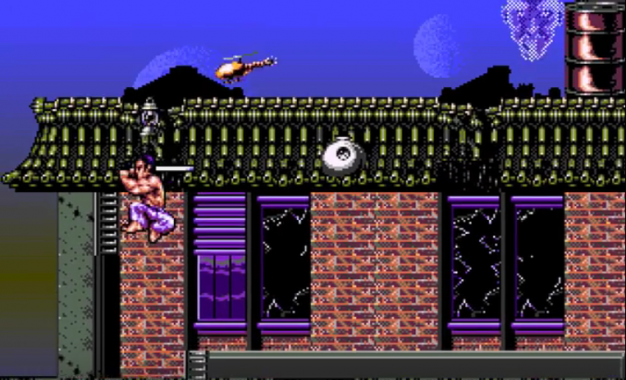
From 2001-2013 you moved back to Turkey and setup Sobee what were the game high and lows during this period?
After having lived in the UK for nearly 21 years and achieved almost everything a developer would wish to, I decided to go back to my native country Turkey and start another big ambitious adventure!
Other than some early efforts and reasonably decent work, there was no game development to speak of and hardly any experienced developers to work with.
It was a huge challenge to undertake the role of starting the professional development there and creating the first stepping-stones towards forming the Turkish gaming sector.
No lows but a lot of really hard work, patience and effort! Everything I did in Turkey was a first as we were the first to do it all! I produced Turkey’s first MMORPG back in 2006 and it’s still active after 9 years.
I developed the Worlds first ever 11 vs 11 online soccer game, I Can Football, which won the best content award in London, 2010 for Turk Telekom.
I founded and became the first elected President of the Turkish Digital Games Federation in 2011, a World first. One of the major aims was to help and govern the ever-growing eSports. LoL finals in Turkey attract over 10 thousand paying spectators.
SuperCan game character, Turkey’s first Kids Hero.
When I sold Sobee to Turk Telekom I really benefited from their marketing power. I managed to include Marvel super heroes in our own Supercan game! We even brought the Marvel Heroes to Turkey to meet SuperCan!
I quit Sobee in 2013 and now I’m back again in the UK with the hope of doing some more game development here.
I am so excited to hear you a reassembling Vivid and getting team back together have you got most of the team back together?
MD- Well, it’s really good to be back and reconnecting with many friends and colleagues after so many years!
I have been meeting with several of the Vivid team members and it’s lovely to see they all seem to be just as excited about the prospect of reuniting as a small team again to try and develop some great games together. It’s early days yet but I’m confident that we’ll have a team ready to start doing things soon!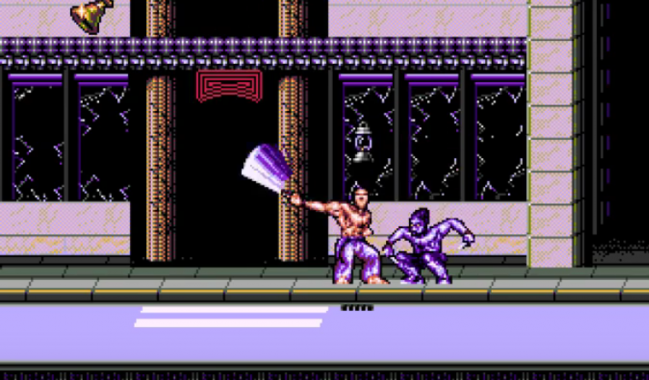
What I am really excited about is you own the rights to First Samurai and Street Racer and plan a kickstarter which pleas give RGM the exclusive news on this we will promote you all the way. You must be excited by bringing back the games we love so much?
MD- Thanks for the encouragement and support! I can’t tell you how excited I’m about it but am also trying to do the right thing, as these games are very important to me and also to a lot of gamers! Hopefully, once my plans become more solid I will share more details. Of course, we need the help of thousands of gamers and I really like the idea of developing the games with their help and backing.
Tell us what your current working on?
MD- At the moment I’m still trying to figure out the best way of going about remaking these games. Forming a small team and a studio around it. And, of course trying to prepare the KS campaign. So, so busy and so much to do but I’m having a lot of fun doing it!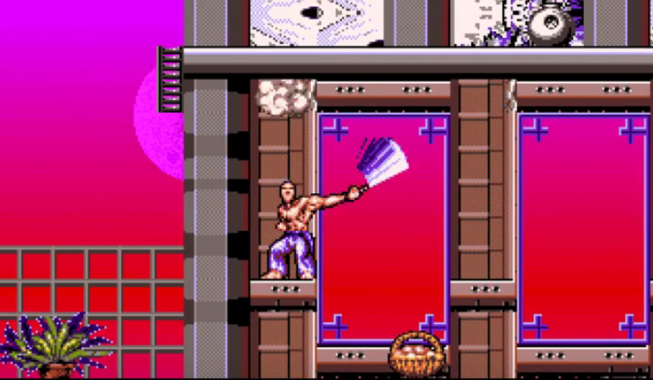
I enjoy some modern games but feel more love for the smaller teams of the past I feel the fun factor has gone in modern games and are more like movie productions; games can be bug ridden now as patches can be made. in the past we didn’t have updates and in app purchases. What is your view of our industry now?
MD- Well, I can see why a lot of gamers like yourself seem to miss the good old days. I agree, the development teams are too big now to have a lot of fun! That’s why I’m trying to set up a small team so that we can enjoy doing it and also be very productive. Mind you I’ve always worked with relatively smaller teams, even Sobee wasn’t very big at its peak, we were around 30 people doing 2-3 projects!
I think the Mobile sector will continue to grow, it’s already past the consoles in revenue but of course as it gets bigger it saturates more and becomes harder for new talent to get into it!
VR seems to gain momentum but I’m still not 100% convinced about it, the mobile and more practical solutions may have a better chance.
Here are some questions about retro games:
My favourite computer was my Amiga and my favourite console the Megadrive do you have a favourite?
MD- Like I said before the ZX Spectrum has a special place in my heart but I must say both the C64 and Amiga were my favourites too. Nintendo SNES was very good too and it allowed good programmers to do clever stuff on it!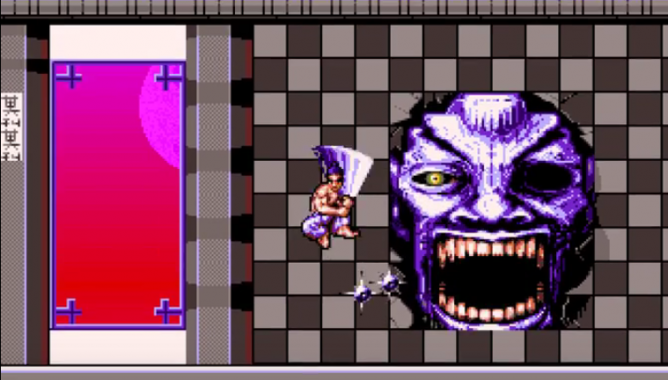
What is your favourite retro game?
MD- Unfortunately, as I discovered early in my career that I was not good at playing games I hardly played any! But a few games I could mention that I really liked. The Speccy Arcadia from Imagine was the first game to impress me when I started my coding journey. A few others would be Knight Lore, The Way of the Exploding Fist, Street Fighter, R-Type and Stunt Car Racer!
Do you still game on the current consoles if so what’s your favourite game?
MD- Sorry, I’ll pass on this question; I don’t even own a console! J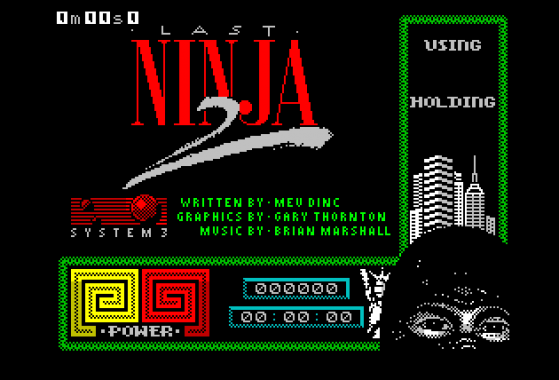
What’s the worst game you have ever played?
MD- Lucky for me that I didn’t play games much at all, so I never had the misfortune of playing the worst game! J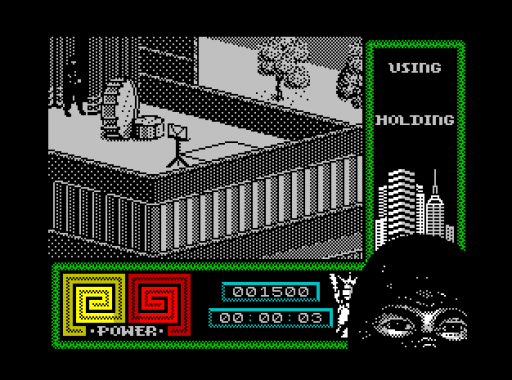
Finally what game or feature would you like to see on Retrogamesmaster in the future?
MD- To be honest just carry on doing as your are, covering old those wonderful games form the past and of course, interviewing some of the people behind them. I think the contribution of the UK to the game industry as a whole is much bigger than it seems! A lot of the ground breaking games both in terms of programming and design originate from the UK and I’m very grateful and honoured to have played a small part in this!
Many thanks
MD- Many thanks to you too!
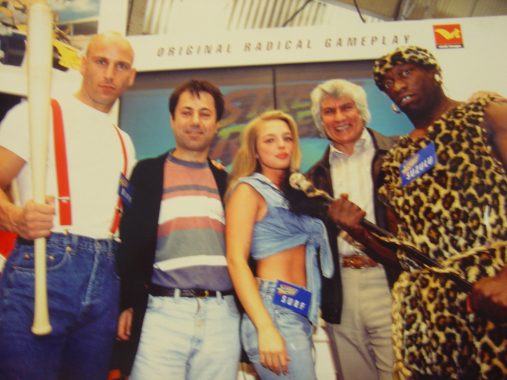
Check out the Interview with Raffaele Cecco who worked with Mev and will be working on the new First Samurai game.
